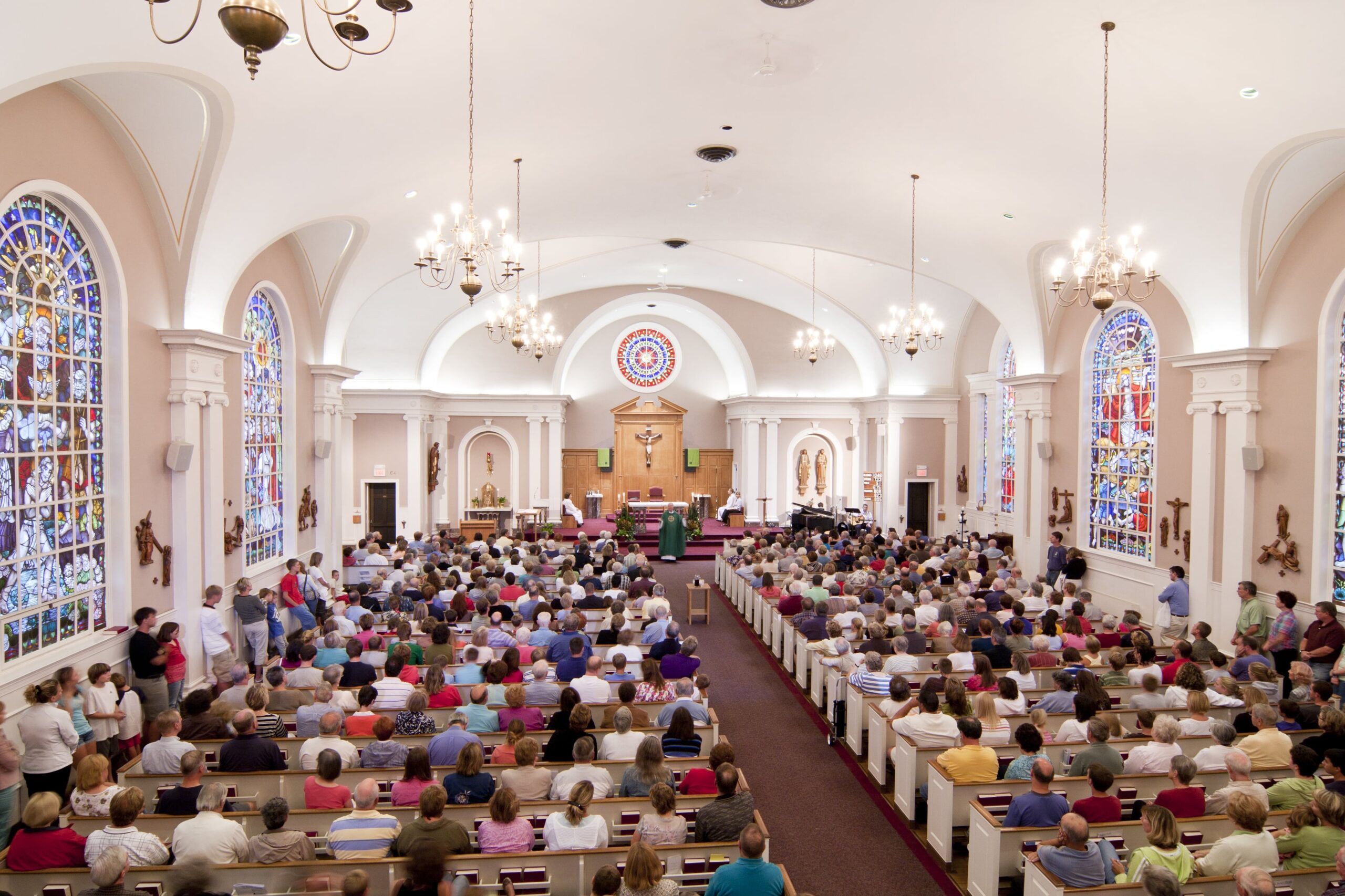What’s the Difference between “Multi-Site” and “Fresh Expression”?
This is my new blog about using MissionInsite™ for community research and church development. Available exclusively to ACS Technologies® and MissionInsite subscribers. I hope you will join regularly as we explore how churches can become really relevant to the people within their reach.
Thank you for asking the question. It’s coming up more often as church resources decline and culture gets ever more diverse.
I don’t represent any denomination or organization with my answer, but here is my take on what is unfolding in America today…
The post-COVID-19 reality is that “bricks and bureaucracy” no longer work well for Christian ministries. As much as 85% of many church budgets go to maintenance and personnel. Mega-churches must support mega-campuses. Small churches often require 65% of their regular members to also serve on committees that manage property and program. “Meetings” and “meeting space” have become obsolete.
Two alternatives have emerged:
Larger, resource-size churches embrace the multi-site strategy. Smaller churches with fewer resources have tended to embrace simple, innovative, “fresh expressions” of ministry. In the future, however, size won’t matter. Churches are likely to pursue both options at once.
1. The Multi-Site Strategy
This strategy is based on discerning regions of lifestyle compatibility. Leaders use MissionInsite to map demographic trends and lifestyle representation. These are generally comparable to the demographic challenges and lifestyle behaviors of current members. Your “People Plot” will reveal “hot spots” across the city or region where you have high membership and adherent representation. That is where you create a second, third, or fourth site of ministry for the “central” church.
New sites of ministry are often shaped around worship. The hospitality and worship may be in a style unique to the resident lifestyle segments. But the message and educational curriculum is usually standardized and supplied by the central church. These days the new site of ministry relies on rental property and technology because portability is more important than presence. Multi-site planners can anticipate demographic migrations of people and move the ministry as the target publics relocate.
Currently…
The current multi-site trend, however, is to shape the ministry around small groups or outreach ministries rather than worship. The new site builds on the population density of members and adherents in a distant location by expanding small groups that more readily assimilate new people. Alternatively, the new site is an outreach center. Eventually, worship may develop as a result of the relationships made.
Multi-site ministries are all about organizational sustainability. They may relocate, but the ministry is intended to last. Therefore, the multi-site ministry usually depends on paid staff or unpaid staff. Decision-making tends to be streamlined and hierarchical to avoid meetings and keep up with the pace of change. This means that multi-site ministries succeed or fail based on the credibility of a single leader.
2. The “Fresh Expression” Strategy
This strategy is very different. It is based on discerning regions of incompatibility. In other words, the “fresh expression” is a heart burst to bless a specific group of people who are non- or under-represented among members and adherents. Leaders use MissionInsite to locate areas with markedly different demographic trends and lifestyle behavior that the congregational norm. Your “People Plot” will reveal “cold spots” where you have few members and adherents and limited influence. That is where ministry begins.
A “fresh expression” is rarely shaped around a worship service. It is more likely shaped around a specific outreach ministry related to survival, health, addiction, quality of life, etc. Leaders use the MissionImpact Mosaic Application Guide (a resource in MissionInsite) to discern the top social need of any given lifestyle segment. Then they courageously go outside their comfort zones to address that need.
If worship is a part of the “fresh expression”, then hospitality and worship style is usually radically different from the “central” church. In fact, it may be so different as to raise consternation among “central” church members. The unity of the “fresh expression” with the “central” church is not shared message or curricula but shared DNA of core values and bedrock beliefs. Leaders are free to employ any tactic of ministry, no matter how radical, provided that they do not contradict that DNA.
So what?
“Fresh expression” ministries are not about organizational sustainability but organizational adaptability. They spring up, disappear, or morph into something else as the community changes, the spirit leads, and the hearts of leaders are moved. No one expects the “fresh expression” to harvest new institutional church members or even regular church worshippers. They do expect it to accomplish the personal and social transformation and encourage Christian living.
Therefore, leadership is often provided by volunteer teams, holding each other to high standards of accountability for mission results, exceptional integrity, constant learning, and cooperation. The team may well include volunteers unconnected with the “central” church who are nevertheless embedded into the target community. “Fresh expression” ministries are often more dependent on community non-profit or ecumenical partnerships than multi-sites.
In conclusion…
These two strategies are much more adaptable to the post-COVID-19 world in which we live. Concerns about health and safety, combined with improvements in virtual worship and internet communication, will leave many churches with unused space and needless overhead expenses. Staff is more effective at working from off-site locations. Meanwhile, lifestyle diversity continues to expand. It becomes more and more impractical for groups of people to commute to a central church, so instead of people following the church, the church should follow the people. You can either adapt, radically adapt, or stay the same and be left behind.
I welcome any and all questions about using MissionInsite for ministry planning and leadership development.
You can reach me at tbandy@acst.com.
Read More:
HOW WILL CHURCH OUTREACH CHANGE DURING THE “NEW NORMAL”?
BUILD BI-RACIAL EMPATHY IN YOUR CHURCH WITH MISSIONINSITE
HOW TO USE PRE-DEFINED REPORTS TO GROW YOUR CHURCH
WHAT IS A “LIFESTYLE SEGMENT” AND WHY SHOULD I CARE?
PROBABILITIES, LIKELIHOODS, AND REALITY TESTING IN YOUR CHURCH’S COMMUNITY




